-

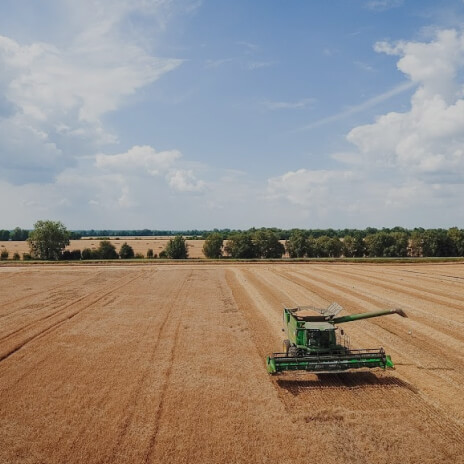 Sowing, growing and harvesting barleyMalting barley is a special form of spring barley cultivation used for brewing. Malting barley yield depends on a number of conditions: soil, moisture, heat, technologies used, etc. Most of the barley processed in our malt house is grown in Belarus. Once the grain is fully ripe, harvesting begins. When a batch of barley arrives at the malt house, it undergoes the stage of primary cleaning. It is further cleaned and sorted before being used in production. We use only the finest malting barley varieties of Belarusian and European selection.
Sowing, growing and harvesting barleyMalting barley is a special form of spring barley cultivation used for brewing. Malting barley yield depends on a number of conditions: soil, moisture, heat, technologies used, etc. Most of the barley processed in our malt house is grown in Belarus. Once the grain is fully ripe, harvesting begins. When a batch of barley arrives at the malt house, it undergoes the stage of primary cleaning. It is further cleaned and sorted before being used in production. We use only the finest malting barley varieties of Belarusian and European selection. -
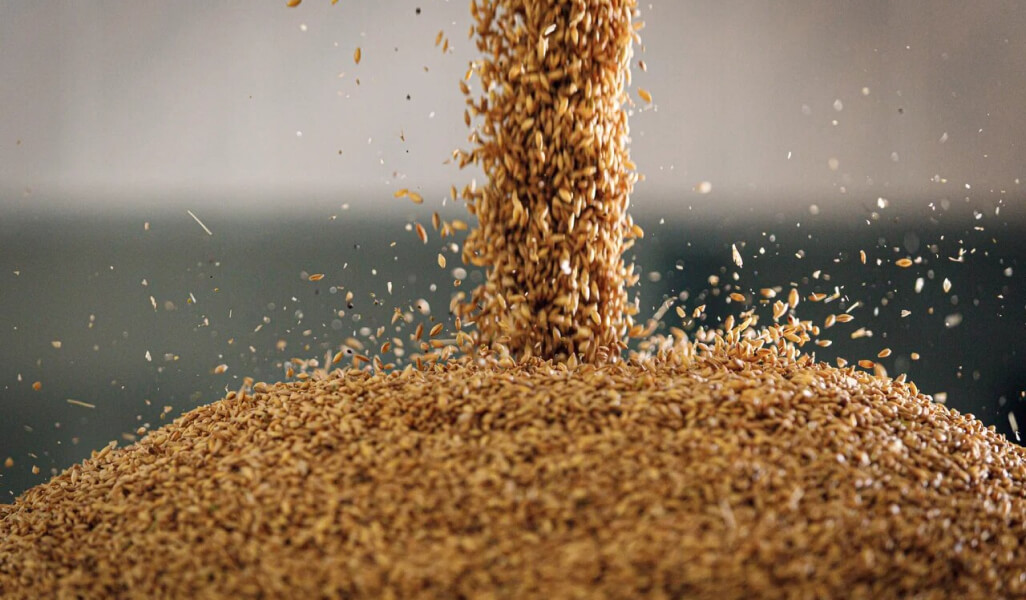
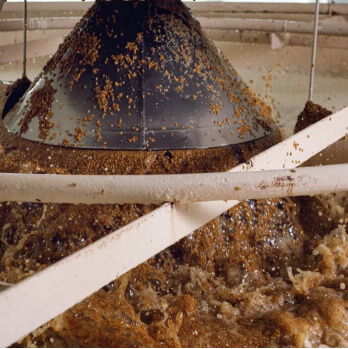 SteepingBefore steeping, the barley is thoroughly washed, disinfected and placed into steeping vessels. Steeping is done pneumatically (that is, the barley is immersed into water for about 30% of the steeping time and air-rested for about 70% of the steeping time). While steeping, the barley partially germinates and accumulates the necessary enzymes. The steeping ends when the grain reaches a level of moisture sufficient to break down the starch and proteins evenly.
SteepingBefore steeping, the barley is thoroughly washed, disinfected and placed into steeping vessels. Steeping is done pneumatically (that is, the barley is immersed into water for about 30% of the steeping time and air-rested for about 70% of the steeping time). While steeping, the barley partially germinates and accumulates the necessary enzymes. The steeping ends when the grain reaches a level of moisture sufficient to break down the starch and proteins evenly. -

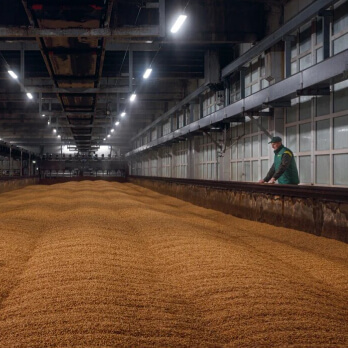 GerminationThe barley continues to germinate in special buildings called malt houses or maltings. The germination process depends on certain conditions in which it takes place. During germination, enzymes begin to convert starch into soluble sugar and proteins into soluble compounds, which will allow brewers to start fermentation and get alcohol. The main factors that affect germination are temperature, humidity, oxygen availability and germination time. To maintain temperature and humidity levels in the grain layer, we use an air conditioning system.
GerminationThe barley continues to germinate in special buildings called malt houses or maltings. The germination process depends on certain conditions in which it takes place. During germination, enzymes begin to convert starch into soluble sugar and proteins into soluble compounds, which will allow brewers to start fermentation and get alcohol. The main factors that affect germination are temperature, humidity, oxygen availability and germination time. To maintain temperature and humidity levels in the grain layer, we use an air conditioning system. -
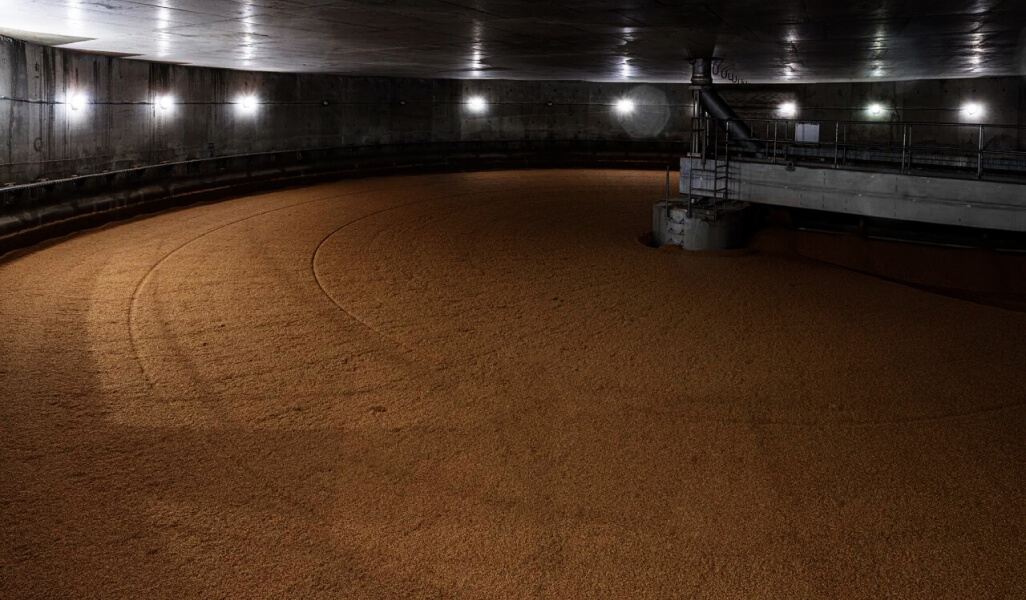
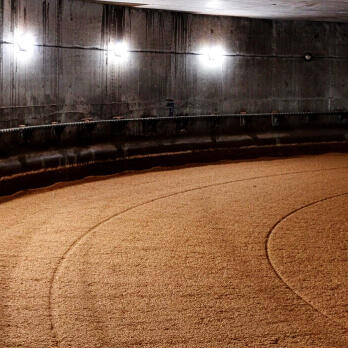 KilningTo stop further germination of green malt and fermentation, it is dried. When drying malt, the moisture content is reduced from 45% to 5%. It is at the kilning stage that the malt acquires its specific aroma, flavour and colour, transferring these qualities to beer. The dried malt is transported further to a special room where rootlets that can add bitterness to beer are removed. After that the malt is sent to silos for storage.
KilningTo stop further germination of green malt and fermentation, it is dried. When drying malt, the moisture content is reduced from 45% to 5%. It is at the kilning stage that the malt acquires its specific aroma, flavour and colour, transferring these qualities to beer. The dried malt is transported further to a special room where rootlets that can add bitterness to beer are removed. After that the malt is sent to silos for storage. -
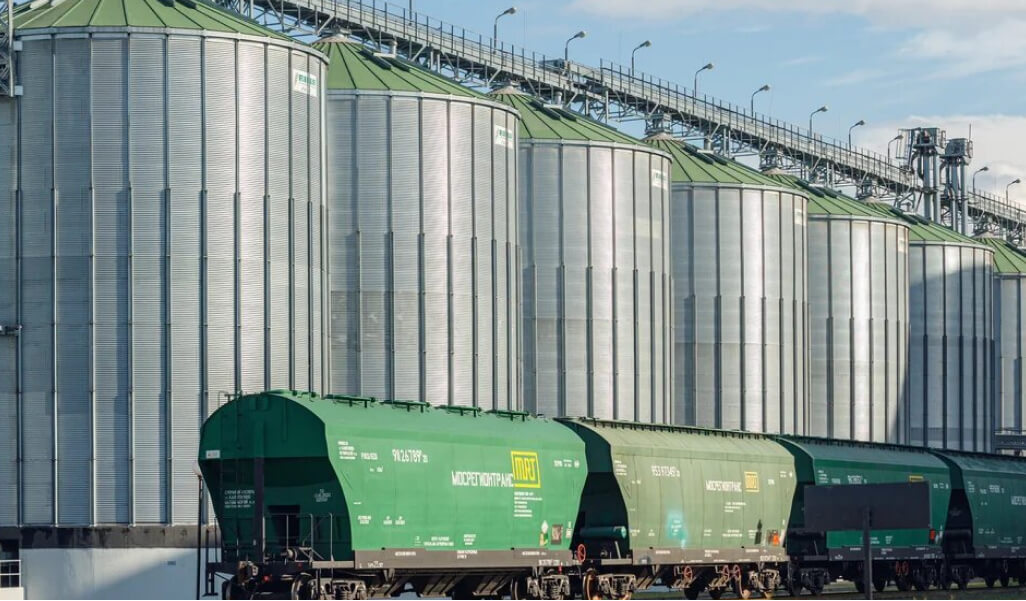
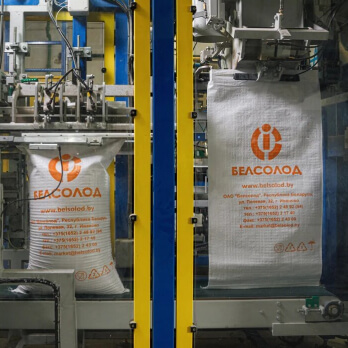 ShipmentAfter being stored in silos, the malt is polished, cleaned and shipped to our customers. We ship by road, rail and sea transport. The type of shipment depends on the preferences of our customers: in bulk, in bulk with liner bags, bags (Pilsen, dark Vienna, caramel, wheat malts - 40 kg, black malt - 35 kg) and big bags (500 kg). By prior agreement with customers, it’s possible to pack malt in 25 kg or 50 kg bags.
ShipmentAfter being stored in silos, the malt is polished, cleaned and shipped to our customers. We ship by road, rail and sea transport. The type of shipment depends on the preferences of our customers: in bulk, in bulk with liner bags, bags (Pilsen, dark Vienna, caramel, wheat malts - 40 kg, black malt - 35 kg) and big bags (500 kg). By prior agreement with customers, it’s possible to pack malt in 25 kg or 50 kg bags.

